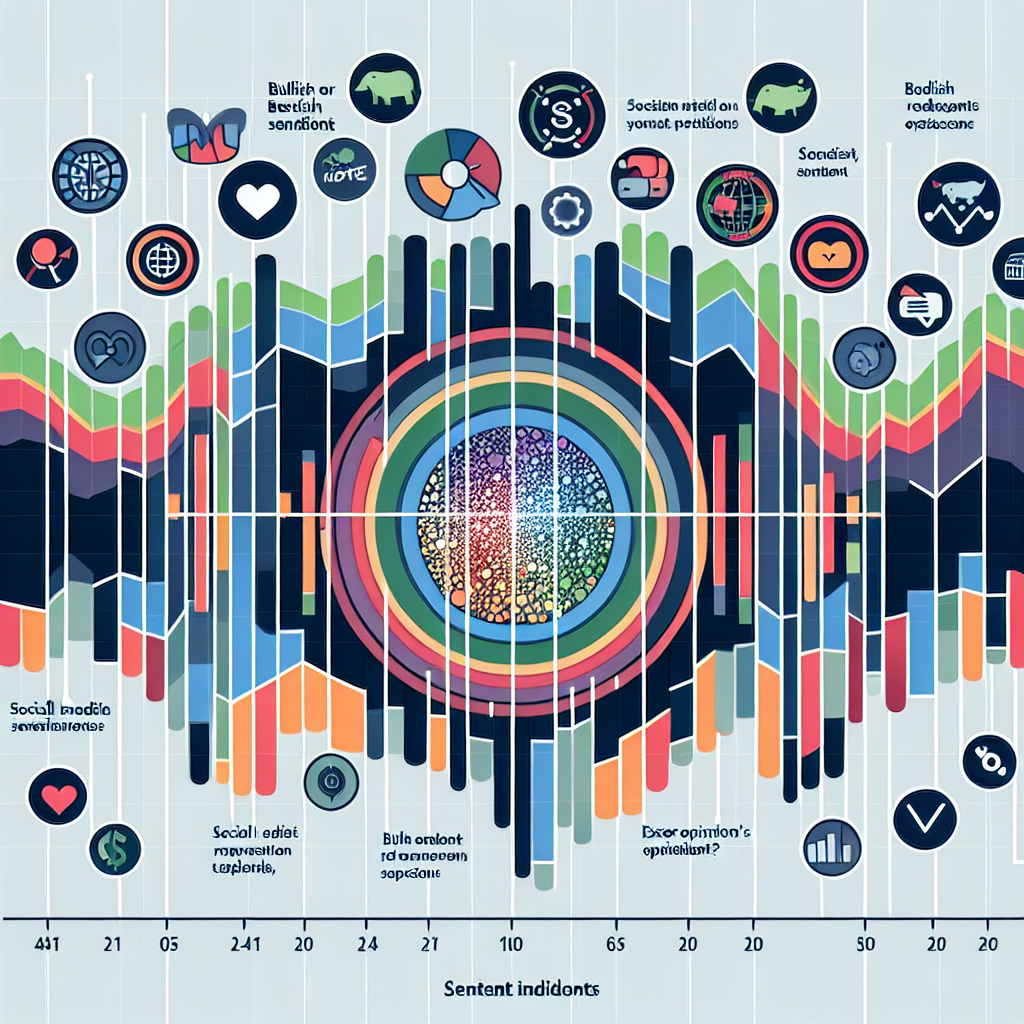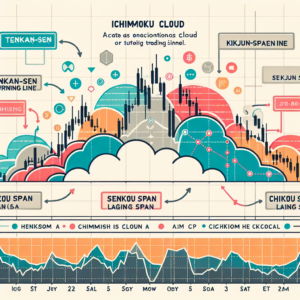
Sentiment Indicators for Market Predictions
The financial markets are a complex amalgam of numbers, trends, and emotions. While quantitative data such as earnings reports, economic data releases, and technical indicators have long been used to predict market movements, sentiment indicators have emerged as crucial tools for gauging the mood of the market. By understanding and analyzing sentiment indicators, investors and traders can gain insights into market direction, identify potential turning points, and make more informed decisions.
What Are Sentiment Indicators?
Sentiment indicators, often referred to as psychological or market sentiment tools, are designed to measure the attitude of investors towards a specific financial market or asset. Unlike traditional financial metrics, sentiment indicators focus on the overall feeling or tone derived from market activity. They help in understanding whether the majority of investors are bullish (expecting prices to rise) or bearish (expecting prices to fall).
Types of Sentiment Indicators
There are several types of sentiment indicators, each providing a unique perspective on market psychology. Here we explore some of the most prominent ones:
Investor Surveys
These surveys directly ask participants about their market outlook. The American Association of Individual Investors (AAII) sentiment survey is a prime example, which measures members’ sentiments towards the stock market over the next six months.
Volatility Indexes
Often referred to as the “fear index”, the VIX measures the stock market’s expectation of volatility based on S&P 500 index options. Higher VIX values indicate increased fear or uncertainty among investors, while lower values suggest complacency or confidence.
Put/Call Ratios
This ratio compares the trading volumes of put options to call options. A higher ratio suggests that investors are betting more on a market decline (bearish sentiment) versus a rise (bullish sentiment).
Breadth Indicators
Breadth indicators such as the Advance/Decline Line measure the number of stocks participating in a market rise or fall. This can provide clues about the underlying strength or weakness of a market move.
Using Sentiment Indicators for Market Predictions
To effectively use sentiment indicators for market predictions, it’s essential to understand their nuances and how they interact with other market data.
Contrarian Approach
One common strategy is the contrarian approach, which involves interpreting sentiment indicators in opposition to the predominant market sentiment. For example, extremely high bullish sentiment could be seen as a signal that the market is overbought and poised for a correction.
Confirmation with Other Indicators
While sentiment indicators provide valuable insights, they are most effective when used in conjunction with other market analysis tools. For instance, a bearish sentiment signal might be confirmed by a negative divergence on a momentum indicator.
Understanding Context
Market sentiment does not operate in a vacuum. Its significance can vary depending on market conditions, geopolitical events, and economic data releases. Therefore, understanding the current context is crucial for interpreting sentiment indicators accurately.
The Importance of Sentiment in Market Dynamics
Sentiment plays a dynamic role in the markets, often acting as a leading indicator. Extreme levels of fear or greed can signal potential turning points, as markets tend to be cyclical and mean-reverting over time. By keeping a pulse on market sentiment, investors and traders can anticipate shifts in market direction, adjust their positions accordingly, and potentially capitalize on market inefficiencies.
Conclusion
While no single indicator should be used in isolation to make trading or investment decisions, sentiment indicators offer compelling insights into market psychology. By understanding and interpreting these indicators, investors can enhance their market analysis and potentially improve their investment performance. However, it’s essential to use sentiment indicators as part of a broader analytical framework, combining them with other technical, fundamental, and macroeconomic analysis tools to make well-informed decisions.





